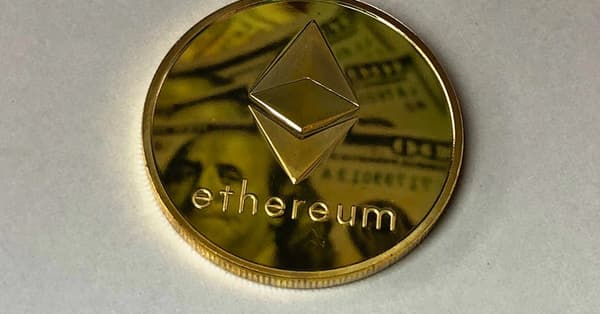Troubleshooting PancakeSwap: What to Do If Your Swap Fails
Encounter a failed swap on PancakeSwap? Discover practical solutions and tips to navigate your way back into successful trading.
The Binance Smart Chain (BSC) has continued to show impressive growth, with a market cap exceeding $12 billion in Q4 2023. Among the leading decentralized exchanges (DEXs) on BSC, PancakeSwap remains a top choice for users, thanks to its user-friendly interface and diverse token offerings. However, recent trends like increased volatility and surging gas fees have led to a rise in swap failures.
Understanding why swaps fail is crucial for traders. As market dynamics shift, having timely solutions can save you from missed opportunities. In this article, we’ll dive into common reasons for swap failures on PancakeSwap, troubleshoot some frequent issues, and offer best practices to ensure your trading experiences are as seamless as possible.
PancakeSwap is a decentralized exchange that allows you to swap tokens built on the Binance Smart Chain. It operates using an automated market maker (AMM) model, which means you trade against liquidity pools rather than directly with other users.

PancakeSwap utilizes liquidity pools for trading. You can add liquidity by depositing equal values of two tokens into a pool and earn a share of the transaction fees in return. This model enables quick and efficient swaps without the need for cumbersome order books.
If liquidity is low, it can lead to failed swaps. When there aren’t enough tokens in the pool to match your transaction, you might find that the swap just won’t go through.
Slippage happens when the expected price of your token swap changes before the transaction gets confirmed. Setting a high slippage tolerance can lead to less favorable prices, and in some cases, your swap may fail entirely.
Network congestion can significantly impact transaction success rates. During peak trading times, PancakeSwap may experience notable transaction failures due to delays in processing.
🎯 KEY INSIGHT
In December 2023, transaction failures on BSC peaked at 15% during busy trading hours, which really affected the user experience on PancakeSwap.

Before you hit that swap button, take a moment to double-check the token details and contract addresses. A small oversight can lead to big headaches later on. Always make sure you're swapping the right tokens!
So, what to do if your PancakeSwap swap fails? Stay calm, and let's troubleshoot these common issues together!
Tags:
Ready to Make Profitable Crypto Calls?
Check out our proven track record on the leaderboard
View Leaderboard →Related Posts
Is a $2 Billion Bitcoin Bet Opening Doors for Meme Coins?
Discover how a Bitcoin whale's massive investment could signal a new wave of opportunities in the meme coin market. Don't miss out on this insight!
Is MOBOX Leading the Blockchain Gaming Revolution in 2023?
Discover how MOBOX is shaping the blockchain gaming landscape amid a 340% rise in games this year. A must-read for every crypto enthusiast.
Understanding Token Burning on Binance Smart Chain
Curious about BSC's token burning? Discover how it impacts value and investor sentiment in this insightful look at deflationary tokenomics.
The Rise of Meme Coins: What’s Fueling the Surge?
Join us as we explore the explosive growth of meme coins like $PEPE and $DOGE. Discover why they're captivating traders worldwide.
Mastering Japan's Crypto Rules & Meme Coin Trends
Stay ahead in crypto! Explore Japan's new reserve rules and strategies for trading meme coins like SOL. Equip yourself for success in this dynamic market.
Unlocking Arbitrage: Flashloans in the BSC Boom
The Binance Smart Chain is witnessing a flashloan explosion! Discover how traders are capitalizing on new arbitrage opportunities amid rising volatility.